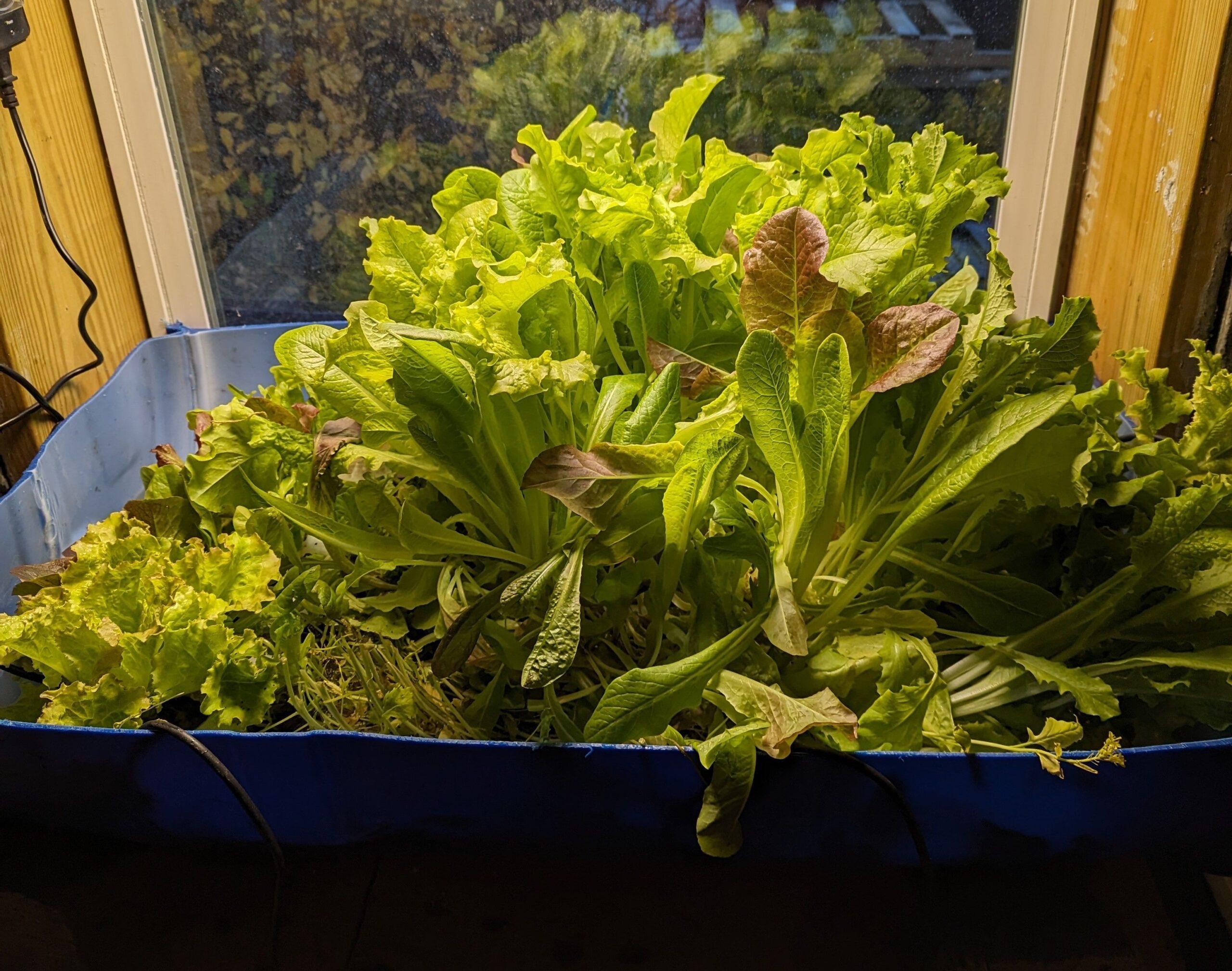Gardening does not have to end with the onset of winter. You can take it indoors! Here, we’ll describe the how-to of setting up an indoor hydroponic system. There are a number of set-ups including nutrient film technology (NFT), ebb and flow, and raft systems. The simplest DIY is the raft set-up; its build is the subject of this blog.
The system requirements:
- Nutrient tank
- Rigid foam board insulation
- Aerator
- LED grow light
- Net cups
- Fired clay media
For the holding tank, I cut a 55-gallon barrel length-wise using a circular saw. Depending on how much you wish to grow, you may want a smaller set-up based on a plastic lug or container with lid. If using a lug with lid, you don’t need the foam board insulation. Secure the half barrel in place using chocks.
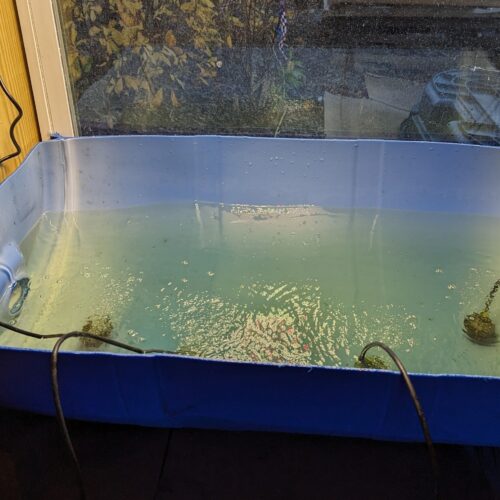
Next using a 2” diameter hole saw, drill through the insulation board or plastic lid spacing the holes 2” apart. The net cups will fit inside the drill holes. This set-up is ideal for growing greens including lettuce, arugula and kale. If you are growing vining and fruiting vegetables such as tomatoes or cucumbers, select 3” net cups spacing these at least 3 to 6” apart.
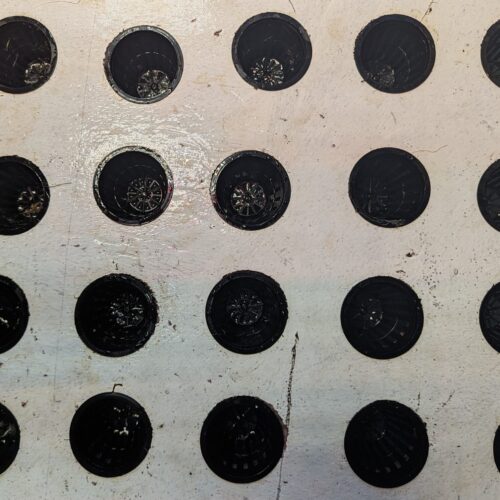
Set up a broad-spectrum LED for lighting. Determine the size of the grow-light based on the size of your grow bed. For example, the half barrel dimensions are 24 x 36” or 6 square feet. I chose a grow light that adequately matched the growing area. Plug the LED into a timer, and set the timer for 12 to 18 hours, depending on your crop.
Fill the nutrient tank with water. If you have city water, wait 24 to 48 hours before planting to allow the chlorine to dissipate. If you have well water, you don’t need to wait before seeding or planting. Measure the amount of water. I use a 5-gallon bucket to fill the nutrient tank with 15 gallons of water.
Use a pond aerator with two aeration stones to aerate the nutrient solution.
Next, fill the net cups with growing media, and drop them into the drilled foam board or plastic lid. If using clay media, rinse the media beforehand. Fired clay can be expensive, you may opt to use aquarium pebbles or rock wool.
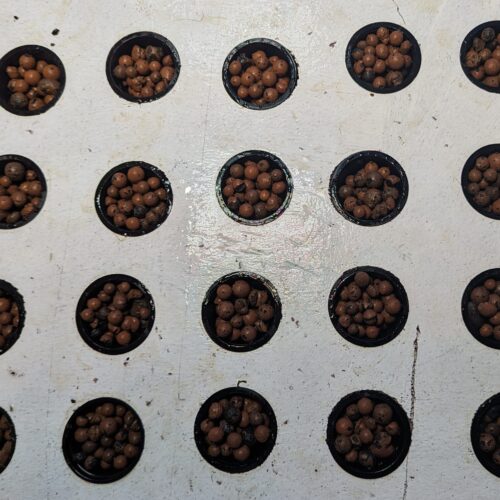
Sprinkle seed directly onto the media.
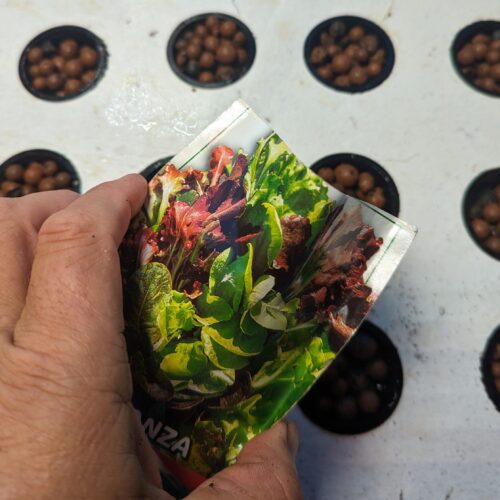
You may wish to grow:
- Basil
- Parsley
- Other herbs
- Mesclun
- Lettuces
- Kale
- Arugula
- Tomatoes
- Cucumbers
- Strawberries
Delay the addition of fertilizers until the seedlings have produced their first set of true leaves. The first leaves are seed leaves (cotyledons); the second set are the first true leaves. Add 5 mls /gal of a balanced liquid (water soluble NPK) fertilizer, plus 5 mls /gal of a soluble calcium/magnesium supplement such as CALiMAGic™.
That’s it! Depending on what you are growing, you can be harvesting in 30 – 60 days! Harvest your greens by cutting with scissors, allowing the greens to regrow. You’ll get a second cutting from your crop. After that, break down the system, wash thoroughly, and start a new grow cycle!
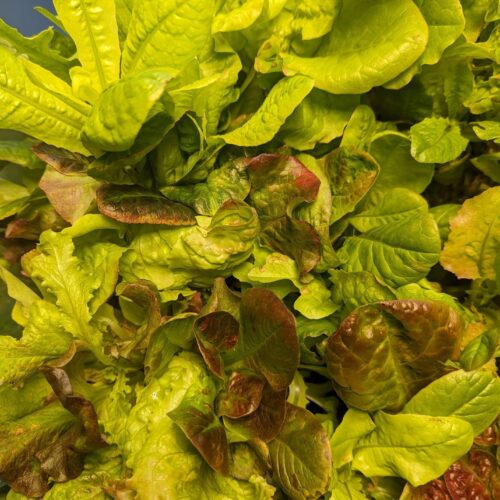
Join me next week when we discuss an all-important aspect of growing and plants – the seasons.
~ Signing off for now, Joe

